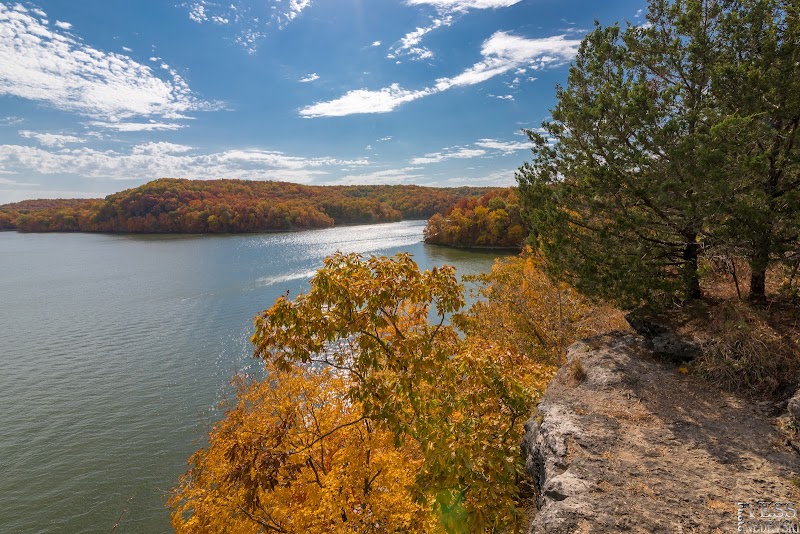
Discovering National Trail Days in Moberly, Missouri: A Practical Outdoor Adventure
Celebrate National Trail Days in Moberly, Missouri, where miles of accessible trails through rolling hills and hardwood forests invite hikers of all levels. This guide offers practical tips and vivid insights to help you prepare for a rewarding and invigorating outdoor experience.
Stay Hydrated Throughout Your Hike
Water refill stations are scarce on the trails, so bring at least two liters per person to avoid dehydration, especially during warmer months.
Choose Versatile Footwear
Opt for sturdy trail runners or lightweight hiking boots with good traction to handle creek crossings and varied terrain comfortably.
Start Early or Late
Avoid midday heat by beginning your hike in the early morning or late afternoon, which also offers better light for photography and cooler temperatures.
Carry a Trail Map or Use GPS
Although trails are marked, having a physical map or GPS app ensures you stay on course and can explore lesser-known paths confidently.
Discovering National Trail Days in Moberly, Missouri: A Practical Outdoor Adventure
National Trail Days in Moberly, Missouri, offers both casual walkers and seasoned hikers a chance to connect with the outdoors through well-maintained trail systems that cut through the gentle rolling hills and pockets of hardwood forest. The centerpiece is the Moberly Trail Network, where trails wind between glades and creek crossings, delivering a balance of shaded respite and open vistas. This event highlights the trails' accessibility while inviting participants to engage with the terrain that remains fiercely itself—demanding respect without overwhelming.
Trails here typically range from 3 to 8 miles, with moderate elevation gains averaging around 400 feet. Expect paths underfoot made of packed earth, occasional rocky sections, and areas softened by leaf litter or pine needles that absorb your steps. During the event, guided hikes often introduce you to the region’s natural features—the way the nearby Salt River teases the landscape, alternating between calm pools daring you to pause and currents pushing forward as if impatient to carry you along.
Plan your day with hydration in mind; water refill points are limited, so carrying at least two liters per person is wise. Footwear should prioritize versatility—sturdy trail runners or lightweight hiking boots with solid tread will handle wet creek crossings and loose gravel comfortably. Early morning or late afternoon starts help you avoid the midday sun, especially in late spring and summer.
Beyond hiking, National Trail Days fosters a community vibe. Volunteers provide trail maps and first aid stations. Educational stations highlight native plants and local wildlife, introducing hikers to the natural neighbors who observe the trail—white-tailed deer that pause quietly along shaded edges, or red-tailed hawks circling overhead. While the trails don't summit dramatic peaks, occasional ridge views afford sweeping looks across the forest canopy, punctuated by the sound of wind through oak and hickory stretching earthward.
Ultimately, the experience here is an invitation: practice attentive hiking, respect the flow of nature, and embrace the steady rhythm Moberly’s trails set. Whether you seek peaceful walkways or a moderate challenge, National Trail Days offers a practical and pleasantly adventurous outdoor escape that is as rewarding for planning as it is for the journey itself.
Nearby Trips
All Adventures
Boat Charters
Water Activities
Adventures near Moberly, Missouri
Discover the unique and memorable adventures that make Moberly, Missouri special.
Frequently Asked Questions
Are the trails in Moberly suitable for beginners?
Yes, most trails used during National Trail Days are moderate in difficulty with well-marked paths and manageable elevation gains, making them accessible for hikers with basic experience.
Is there parking available near the trails during the event?
Parking is available at designated trailheads and nearby parks, often with volunteers guiding visitors. Arriving early ensures convenient spots and smooth event logistics.
What kinds of wildlife might hikers see?
Hikers commonly encounter white-tailed deer, red-tailed hawks, and occasional small mammals like squirrels and rabbits. Birdwatchers may spot woodpeckers and songbirds throughout the forest.
Are dogs allowed on the trails during National Trail Days?
Dogs are permitted but must be kept on a leash at all times. Hikers should bring water for their pets and be mindful of local wildlife to prevent disturbances.
What is the historical significance of the trails around Moberly?
Many trails follow old logging roads and pathways used by early settlers, reflecting the area's development. The event often includes interpretive sessions to share this local heritage.
Are there any environmental concerns to be aware of?
Visitors are encouraged to practice Leave No Trace principles to protect the forest habitat and waterways, especially around creek crossings where erosion can occur.
Recommended Gear
Sturdy Trail Running Shoes
Lightweight and breathable shoes with solid tread work best for Moberly's varied surfaces and creek crossings.
Water Bottle or Hydration Pack
Ample hydration is critical; two liters or more per hiker is recommended due to limited water sources.
Light Rain Jacket
Spring showers can come suddenly, so a packable rain jacket adds comfort and protection without bulk.
Headlamp or Flashlight
Shorter days mean you may find yourself on the trail at dusk; a light source helps maintain safety.
Local Insights
Hidden Gems
- "The lookout point near Ironwood Ridge offers unobstructed views without crowds."
- "A small waterfall hidden along the east loop provides a serene spot for rest."
Wildlife
- "Mute swans occasionally visit local ponds near the trails during migration season."
- "Eastern box turtles are native inhabitants; watch your step in sheltered areas."
History
"The area’s trails partly trace routes established for timber harvesting in the early 20th century, later preserved to encourage recreation and nature conservation."
